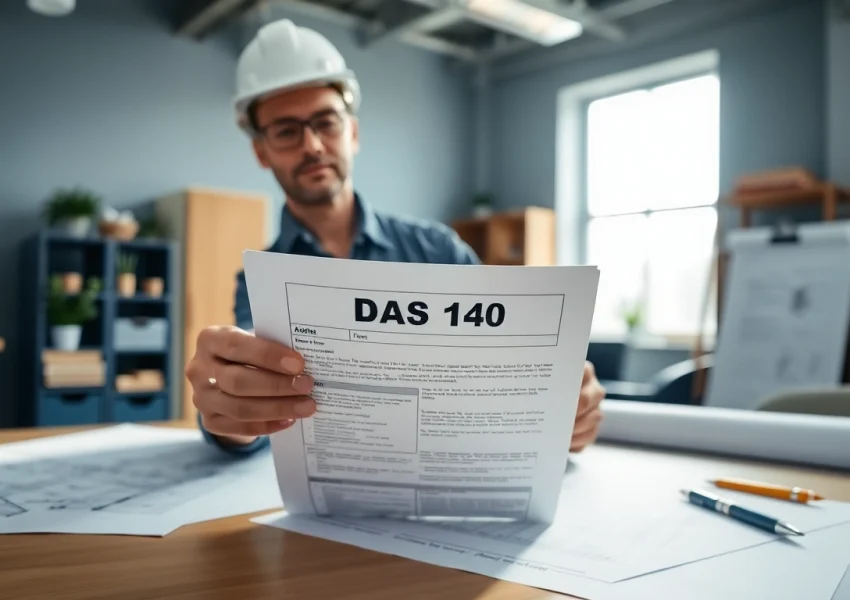Understanding GCMS Notes
What are GCMS Notes?
Global Case Management System (GCMS) notes are detailed records maintained by Immigration, Refugees and Citizenship Canada (IRCC) regarding an applicant’s immigration file. These notes provide insights into the decision-making process of Canadian immigration officials, documenting everything from application status, correspondence, notes from case officers, and recommendations made during assessments. By retrieving these notes, applicants can gain valuable understanding of their immigration journey, which can help them navigate the complexities of the process more effectively. For many individuals seeking to get gcms notes, it becomes an essential part of managing their immigration case.
Importance of GCMS in Immigration Processes
GCMS notes hold significant importance in the immigration process. They help applicants to:
- Understand Case Status: By reviewing GCMS notes, applicants can learn about the current status of their application.
- Identify Concerns: The notes can highlight any issues or concerns raised by immigration officers, which can guide applicants on what to address in their cases.
- Prepare for Appeals or Reapplications: If an application is refused, the detailed notes help applicants understand the reasons behind the decision and prepare better for future submissions.
- Enhance Transparency: By providing a window into the actions and thoughts of the immigration officials, GCMS notes increase transparency in what can often feel like a black box process.
Common Misconceptions about GCMS Notes
Despite their importance, there are several misconceptions surrounding GCMS notes:
- They are only for denied applications: Many believe GCMS notes are only relevant when a case is denied. However, they’re beneficial for understanding both approved and denied applications.
- GCMS notes guarantee faster processing: While they can provide insights, having GCMS notes will not necessarily expedite the processing of an application.
- GCMS notes are difficult to understand: Although they use specific terminology and codes, with proper guidance, applicants can interpret them effectively.
Steps to Get GCMS Notes
Identifying the Right Application Type
The first step in obtaining GCMS notes is identifying the correct application type. Whether you are applying through Express Entry, Family Sponsorship, or any other program, understanding the application type ensures you follow the proper procedure. Each category may have unique requirements and processes for obtaining GCMS notes.
Submitting Your Request for GCMS Notes
Once the application type is identified, the next step is to submit a formal request to IRCC. This usually involves filling out a specific form and providing necessary identification, such as a copy of a passport or other official documentation. It’s important to ensure that all information is accurate and complete to avoid delays in processing your request.
Following Up on Your Request
After submission, applicants should monitor their request closely. It is recommended to check the processing times listed on the IRCC website, as delays can occur. Applicants can also contact IRCC for updates. Be prepared to provide details such as your application number when inquiring about the status of your request.
Analyzing Your GCMS Notes
Key Sections of GCMS Notes Explained
When you receive your GCMS notes, they will be divided into various sections. Understanding each section’s purpose helps make sense of the overall document. Key sections typically include:
- Application Details: Information regarding the submission date, receipt date, and specifics of the application type.
- Case Analysis: Detailed notes from immigration officers discussing their reviews, concerns, and next steps.
- Correspondence: Records of all communication between the applicant and IRCC, which can include notices of request for additional information.
- Decision Notes: Comments and annotations that can offer insights into the decision-making process and any rationale provided by immigration officials.
Understanding Code Languages Used
GCMS notes contain specific shorthand and codes that immigration officials use for efficiency. Some common codes include:
- “R10” – Refers to completeness check of the application.
- “FOSS” – Refers to information found in the Foreign National’s Online System.
- “N/A” – Not applicable, indicating that specific criteria do not apply to that case.
Learning about these codes can demystify the notes and help applicants understand what processes have been completed or if any actions are required.
How to Interpret GCMS Notes for Your Case
Interpreting GCMS notes effectively requires careful attention to detail. Applicants should look for:
- Noted Concerns: Any flagged issues will be listed, which should be addressed in future applications.
- Recommended Actions: Officers may suggest steps that could strengthen your application in the future.
- General Observations: Taking note of any positive comments can help build confidence for subsequent applications.
Considering these elements helps applicants not only understand their current applications better but also craft stronger future submissions.
Challenges in Obtaining GCMS Notes
Common Pitfalls and How to Avoid Them
While the process of requesting GCMS notes is straightforward, applicants may face several common challenges:
- Inaccurate Information Submissions: Failing to provide complete or correct identification can delay your request. Always double-check the forms.
- Ignoring Processing Times: Many applicants become frustrated due to their expectations of quick turnaround times. Familiarize yourself with IRCC’s guidelines on processing durations.
- Overlooking Follow-Up Procedures: Regular follow-ups can mitigate long wait times. Set reminders to inquiry about your request if you do not receive updates.
Delays and What Causes Them
Several factors can lead to delays in receiving GCMS notes:
- High volume of requests received by IRCC.
- Incomplete or improperly filled out forms.
- Additional clarifications required by immigration officers, which can prolong processing times.
Being patient and proactive in following up can ease the frustrations that come with these delays.
Handling Errors in Your GCMS Notes
Upon reviewing your GCMS notes, if you discover errors, it’s crucial to address them promptly. You can:
- Contact IRCC directly to rectify incorrect information.
- Gather evidence to support your claims of inaccuracies.
- Request an amendment or clarification, providing any necessary documentation.
Correcting errors swiftly helps ensure that your future immigration filings reflect accurate information.
Best Practices for Using GCMS Notes
Incorporating GCMS Insights into Your Application
Maximizing the value of GCMS notes involves integrating insights gained into your current and future immigration applications. Use the notes to identify:
- Supportive evidence: Collect further supporting documents based on feedback.
- Detailed compliance: Ensure your application meets all criteria highlighted in the GCMS.
- Clarifications on previous concerns: Address any flagged issues directly in your new application.
Consulting with Experts for Better Interpretation
Consider engaging an immigration consultant or lawyer who specializes in Canadian immigration. They can help elucidate complex sections of GCMS notes and offer tailored advice based on your specific situation. Experts can provide insights that you may overlook when interpreting the notes independently.
Staying Updated on Changes in Immigration Policy
Immigration policies can change frequently, and staying informed about these changes is vital. Regularly review updates on the IRCC website or follow reputable immigration blogs to understand how new laws might impact your situation. This knowledge combined with your GCMS insights gives you a strategic advantage when preparing applications.






